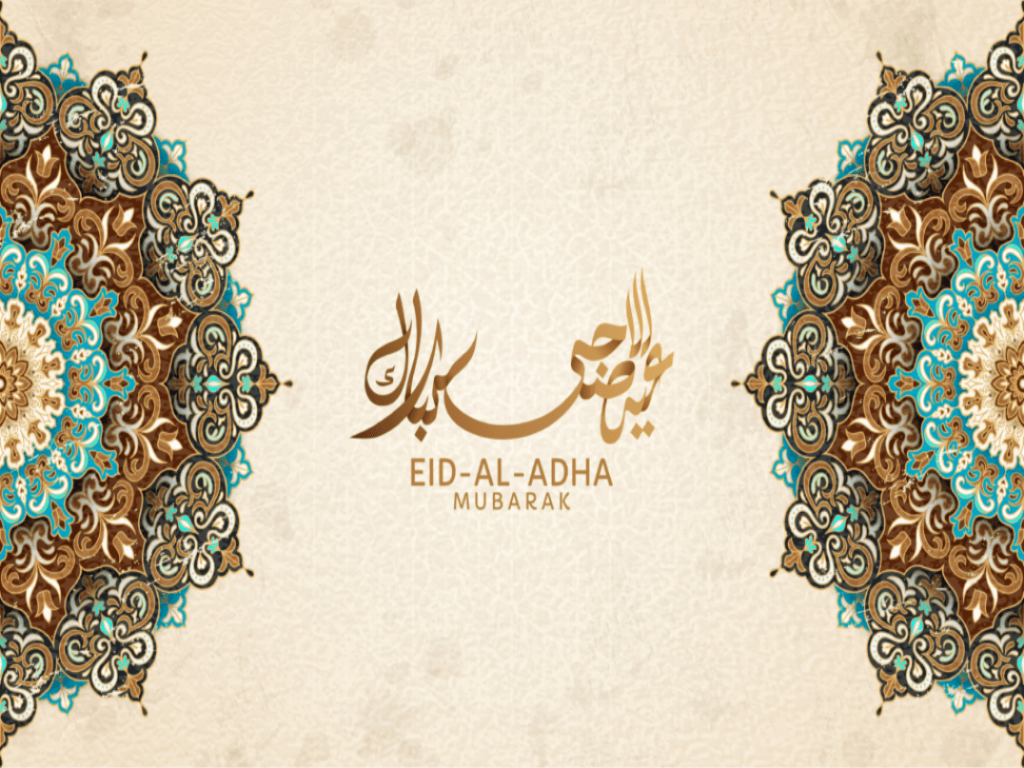Have you ever heard the words “Eid al-Adha” and wondered what they mean? This is one of the two most important holidays in Islam. Its name, in Arabic, means “The Feast of Sacrifice,” and it’s a time of great celebration, faith, and community. This holiday has a deep origin story of Eid al-Adha that teaches a powerful lesson about obedience and devotion to God.
Why Do We Celebrate Eid al-Adha?
The main reason for this holiday is to remember the story of Prophet Abraham. According to the Islamic tradition, God commanded Prophet Abraham in his dreams to sacrifice his beloved son, Ishmael. As an ultimate act of faith and obedience, Abraham prepared to carry out the command. He faced temptation from Satan, but he drove him away with stones, showing his unwavering commitment. At the last moment, just as Abraham was about to make the sacrifice, God intervened. He honored Abraham’s profound faith and provided a ram to be sacrificed in place of his son. This story is central to why celebrate Eid al-Adha; it’s a powerful reminder of complete faith, devotion, and trust in God’s mercy.
The Timing of Eid al-Adha
Eid al-Adha is a four-day celebration that marks the climax of the Hajj, the annual Islamic pilgrimage to Mecca. It takes place on the 10th day of the Islamic month of Dhul-Hijjah. This timing is what sets it apart from Ramadan, which is the month of fasting. Unlike the holiday of Breaking the fast (Eid al-Fitr) that comes after Ramadan, Eid al-Adha marks the end of the Hajj pilgrimage, a major pillar of Islam.
Practices of Eid al-Adha
The celebration includes several key traditions that people practice worldwide. The main practices of Eid al-Adha are:
- Eid Prayer (Salat al-Eid): On the first morning, Muslims gather at a mosque or an open field to perform a special communal prayer. This prayer is a time for all to come together and thank God.
- The Sacrifice (Udhiyah): For those who are financially able, they perform the ritual sacrifice of a livestock animal, such as a sheep, goat, or cow. This act, known as Udhiyah, is a symbolic reenactment of Abraham’s obedience and a central part of the holiday.
- Sharing the Meat: The meat from the sacrifice is divided into three equal portions: one part for the family, one part for friends and relatives, and one part for the poor and needy. This practice emphasizes charity and ensures everyone can partake in the holiday’s feast.
- Family and Community: The holiday is a joyful occasion for visiting family and friends, sharing festive meals, and exchanging gifts, often called Eidi. People wear new clothes and celebrate with great enthusiasm.
Religious Significance
The religious significance of Eid al-Adha is immense. It’s a time to reflect on the values of faith, self-sacrifice, and compassion. By commemorating Abraham’s story and sharing with others, Muslims strengthen their bond with God and their community. The act of sharing the meat with the poor ensures that everyone, regardless of their financial situation, can participate in the joy of the holiday. It reminds people that true devotion involves both spiritual obedience and genuine kindness to others.
Conclusion
Eid al-Adha is more than just a festival; it’s a profound cultural and religious experience. It teaches us about faith, charity, and the importance of community. By understanding the origin story of Eid al-Adha and its traditions, you can gain a deeper appreciation for this beautiful holiday.
To continue your journey into the richness of the Arabic language and its cultures, consider using the Kaleela app. It provides comprehensive lessons on Modern Standard Arabic and various dialects, helping you master not just the words but also the traditions behind them.



